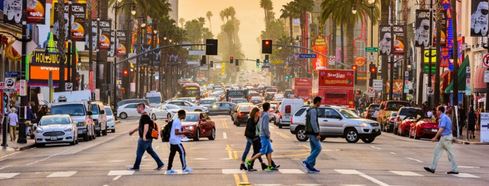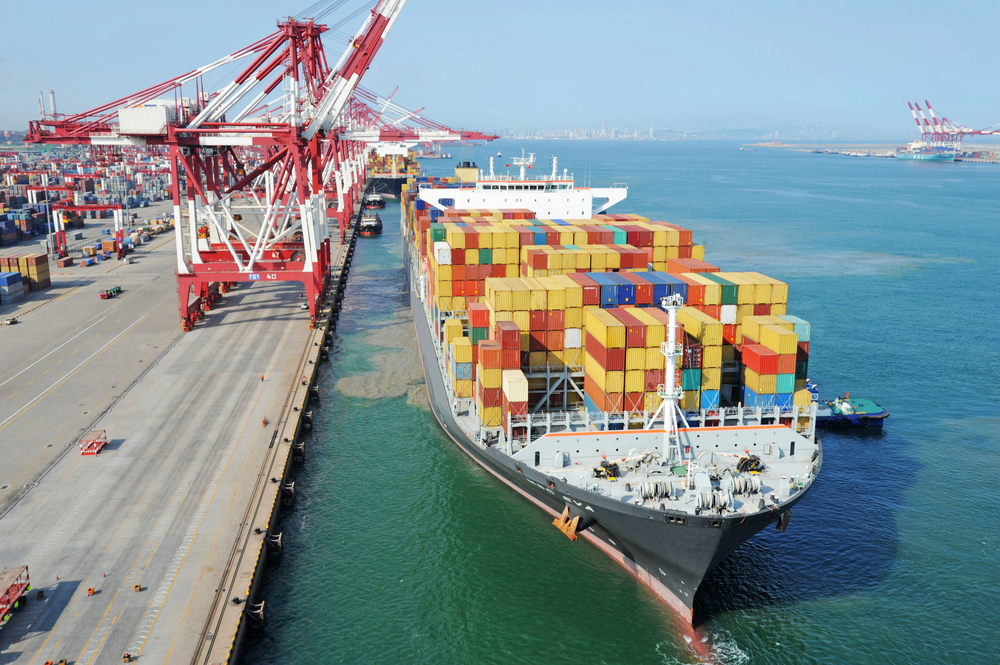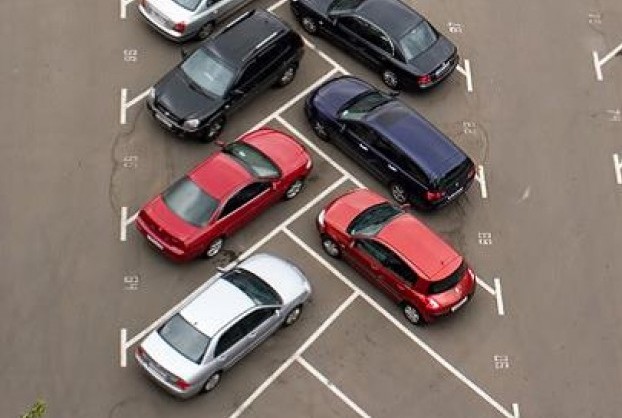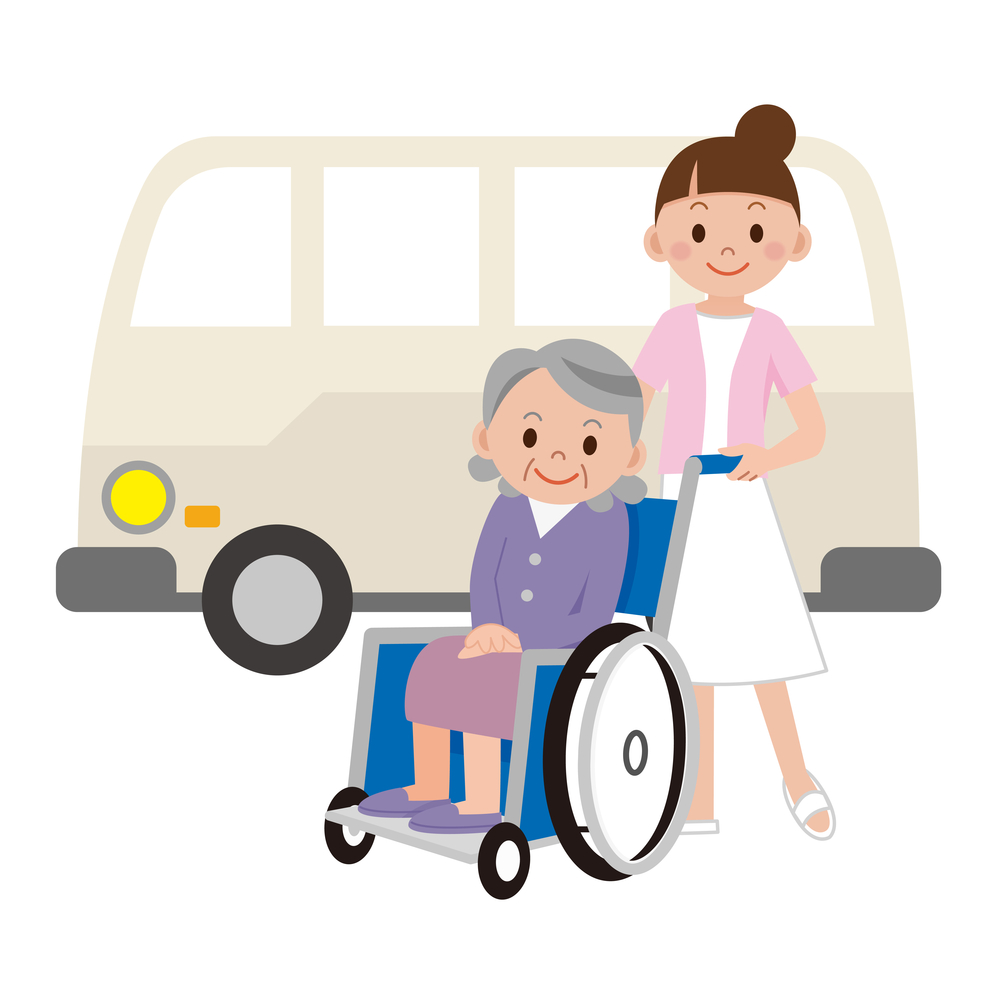Lightyear One
A Clean Solar Car
We’ve been watching how solar power is slowly making its way in a variety of industries. The automotive industry has been working extensively with solar in recent years, with Tesla assuming a leading role. Most people, when talking about using solar energy to power cars, refer to sourcing electricity from solar panels. But a Dutch […]







